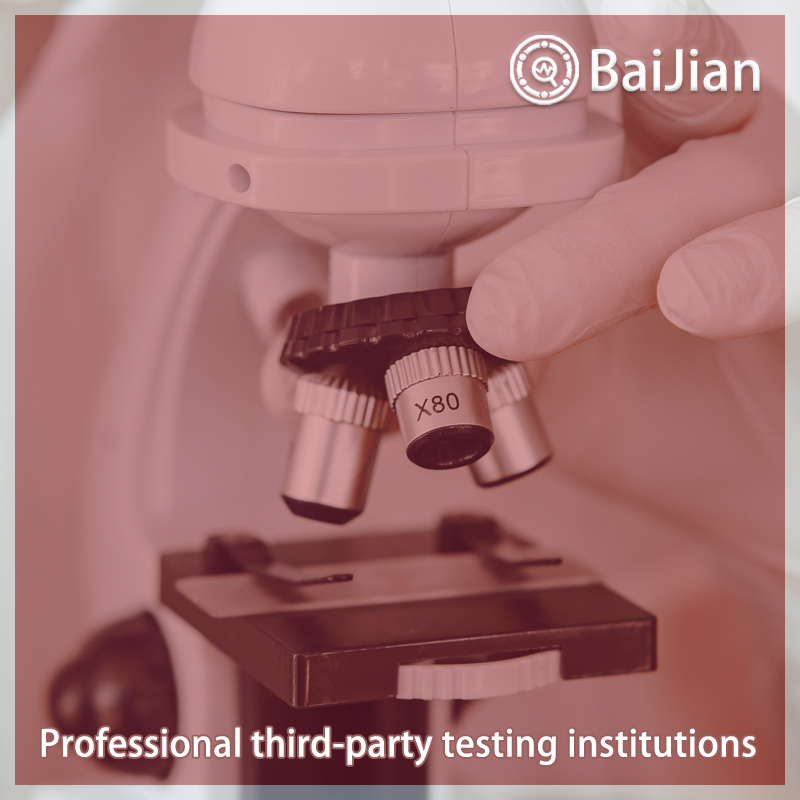
The voltage change characteristic U (t) is a function of the effective value voltage change over time evaluated as a single value, with the effective value voltage change on the half cycle between the zero crossing points of each connected power supply voltage, during a time interval of at least 1 second when the voltage is in steady state (see Figure 2). Note. Since this characteristic is only used for evaluation calculations, it is assumed that the voltage at steady state is constant within the measurement accuracy range (see 6.2). The difference between the maximum effective value and the minimum effective value of the maximum voltage change characteristic (see Figure 2). Steady state voltage changeU. The voltage difference between two adjacent steady-state voltages separated by at least one voltage variation characteristic (see Figure 2). Note: Definitions 3.2 to 3.4 are related to the absolute value of voltage between phase line and neutral line. The ratio of these amplitudes to the nominal voltage values (U,) of the phase line to the neutral line in the reference network of Figure I is called the relative voltage variation characteristics; D< s) (Definition 3.2): Maximum relative voltage change:... Definition 3.3>: Relative steady-state voltage change: d. (Definition 3.4). These definitions are explained in the example in Figure 3. The voltage fluctuation is a series of changes in the effective value voltage evaluated as a single value based on the effective value voltage on the half cycle between the zero crossing points of each connected power supply voltage. Unstable visual effects caused by temporal changes in the brightness or spectral distribution of flickering flickers. Short term flicker indicator P. Evaluate the severity of short term (several minutes) flickering; P. -1 represents the sensitivity conventional threshold. Long term flicker indicator P is used to evaluate the severity of flicker over a long period of time (several hours) using continuous P. values. Flickermeter is an instrument used to measure the value of scintillation. Note: Generally, P is measured. And Pn. [GB/T4365-2003 Section 8.14]
Function of testing report:
1. Project bidding: Issue authoritative third-party CMA/CNAS qualification report
2. Online e-commerce platform entry: Quality inspection report recognized by major e-commerce platforms 3. Used as a sales report: issuing legally effective testing reports to make consumers more confident 4. Papers and research: Provide professional personalized testing needs 5. Judicial services: providing scientific, fair, and accurate testing data 6. Industrial problem diagnosis: Verify the troubleshooting and correction of industrial production problemsBaijian and testing process:
1. Telephone communication and confirmation of requirements
2. Recommend solutions and confirm quotations 3. Mail samples and arrange testing 4. Progress tracking and result feedback 5. Provide reports and after-sales service 6. If urgent or priority processing is requiredTesting and testing characteristics:
1. The testing industry is fully covered, meeting different testing needs
2. Fully cover the laboratory and allocate localized testing nearby3. Engineers provide one-on-one services to make testing more accurate
4. Free initial testing, with no testing fees charged
5. Self service order delivery for free on-site sampling
6. Short cycle, low cost, and attentive service 7. Possess authoritative qualifications such as CMA, CNAS, CAL, etc 8. The testing report is authoritative and effective, and is generally used in China